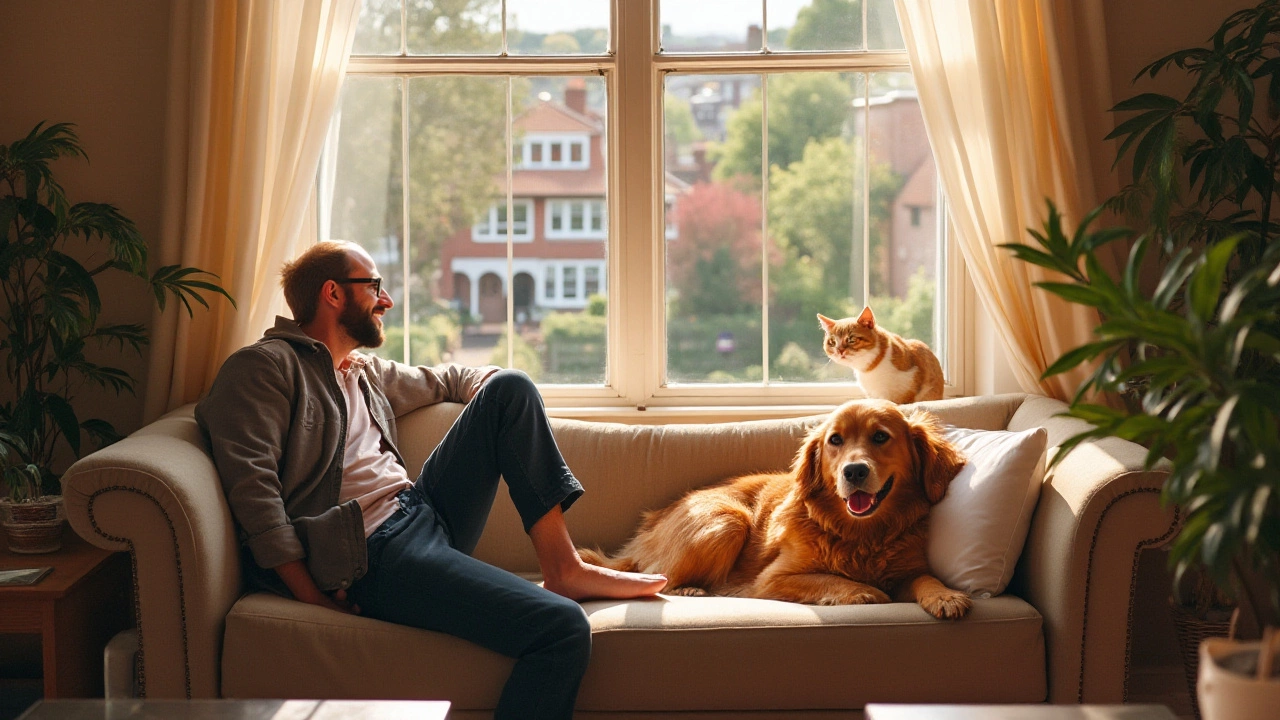Pets in Apartments: Real‑World Tips You Can Use Today
Living in an apartment with a dog, cat, or even a rabbit can feel tricky, but it doesn’t have to be. The biggest hurdles are usually the pet policy and the extra rent some landlords charge. Below you’ll find straight‑forward steps to make the whole process smoother, from the first search to daily life with your pet.
Finding a Pet‑Friendly Place
Start by filtering listings for “pet‑friendly” or “allows dogs/cats.” Many sites let you tick a box, but don’t rely on that alone. Call the letting agent and ask specific questions: Is there a weight limit? Are certain breeds banned? How much is the pet rent and is it monthly or a one‑time fee?
When you get a shortlist, visit the unit. Look for signs that the building already has pets – a dog‑walking area, a pet‑washing station, or even a few leash‑hanging hooks in the lobby. Those clues tell you the landlord is comfortable with animals and you’ll likely have fewer surprises later.
Handling Pet Rent and Fees
Pet rent is usually an extra £10‑£30 per month per animal. Some landlords also ask for a refundable pet deposit (often £200‑£500) to cover possible damage. Ask if the deposit can be applied toward the pet rent if you stay long‑term – it’s a simple negotiation point.
When you sign the lease, get the pet clause in writing. Note the exact amount, when it’s due, and any conditions for ending the agreement early. If the landlord says “no pets” but you have a service animal, remind them of the legal exemption – they can’t refuse a trained service dog.
Sometimes you can waive pet rent by offering to sign a pet responsibility agreement, promising to keep the unit clean and fix any damage. It’s worth the extra effort if it saves you monthly money.
Keeping the Apartment Clean and Quiet
Pets can leave hair, odors, and noise that bother neighbors. A quick daily sweep or vacuum keeps hair under control. Use a pet‑friendly air freshener and wash bedding weekly to stop smells from building up.
Training is key for noise. Teach your dog to bark only on command, and give cats a scratching post so they don’t claw the walls. If you hear complaints, act fast – a short walk or a play session can calm a noisy pup.
Invest in a washable rug or pet mat near the entrance. It catches mud and fur before they spread across the floor. A simple shake‑out outside also helps keep the apartment tidy.
Communicating with Your Landlord
Good communication prevents misunderstandings. Let the landlord know if you get a new pet, and send them a photo and brief description. Keep a record of any repairs you do yourself, like fixing a scratched door, and share receipts if the landlord asks.
If an issue arises – a scratched wall or a missing tile – fix it ASAP or arrange for a professional. Showing you’re responsible builds trust and makes future negotiations easier.
Finally, when it’s time to move out, give the landlord plenty of notice (usually 30 days) and offer to do a deep clean. That extra effort can help you get the full deposit back, even with a pet.
Living in an apartment with pets is doable with a bit of planning. Find a pet‑friendly building, understand the pet rent, keep the space tidy, and stay in touch with your landlord. Follow these steps, and you and your furry friend can enjoy apartment life without drama.

The Benefits of Allowing Pets in Apartments: A Comprehensive Guide
Allowing pets in apartments can lead to numerous benefits for both tenants and landlords. Pets offer emotional support and companionship, which can contribute to the tenant's overall well-being and stability. Pet-friendly policies can increase occupancy rates and appeal to a broader market of pet-owning renters. With proper guidelines, landlords can minimize potential pet-related issues while fostering a positive community atmosphere. This guide explores the advantages and considerations of renting with pets.